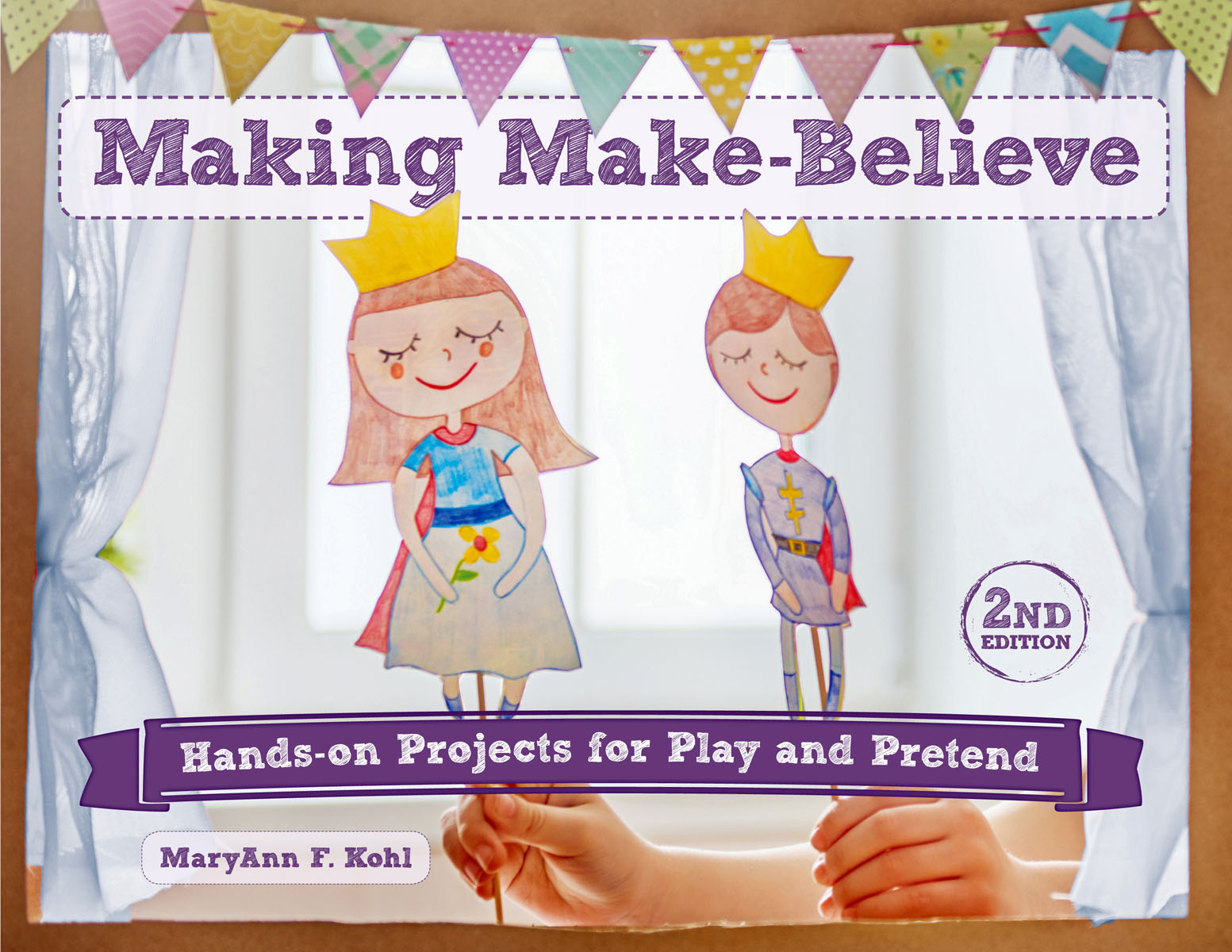
 Other Books by MaryAnn F. KohlAction Art with Barbara Zaborowski Discovering Great Artists with Kim Solga Good Earth Art with Cindy Gainer Great American Artists for Kids with Kim Solga MudworksMudworks, Bilingual Edition Science Arts with Jean Potter Scribble ArtStorybook Art with Jean Potter Dedication In memory of Roy Rogers, King of the Cowboys
Other Books by MaryAnn F. KohlAction Art with Barbara Zaborowski Discovering Great Artists with Kim Solga Good Earth Art with Cindy Gainer Great American Artists for Kids with Kim Solga MudworksMudworks, Bilingual Edition Science Arts with Jean Potter Scribble ArtStorybook Art with Jean Potter Dedication In memory of Roy Rogers, King of the Cowboys  The author as a young cowgirl. Copyright 1999 by MaryAnn F. Kohl All rights reserved Published by Chicago Review Press Incorporated 814 North Franklin Street Chicago, Illinois 60610 ISBN 978-0-914090-48-9 Cover design: Jonathan Hahn Cover photograph: Choreograph/iStock Printed in the United States of America 5 4 3 2 1 Cataloging-in-Publication Data is available from the Library of Congress
The author as a young cowgirl. Copyright 1999 by MaryAnn F. Kohl All rights reserved Published by Chicago Review Press Incorporated 814 North Franklin Street Chicago, Illinois 60610 ISBN 978-0-914090-48-9 Cover design: Jonathan Hahn Cover photograph: Choreograph/iStock Printed in the United States of America 5 4 3 2 1 Cataloging-in-Publication Data is available from the Library of Congress
Table of Contents
Using the Icon?
Experience level
Use the experience icon to choose a project, based on how easy or difficult it might be.

one star for the beginning artist with little experience

two stars for artists with some art experience

three stars for the more experienced artist Remember that age and skill do not necessarily go hand-in-hand.
Planning and preparation
The planning and preparation icons show how easy or difficult it is to prepare for the activity.
 | all materials are likely to be found in the home or school. |
 | all materials are familiar but may need to be found or purchased before beginning the activity. |
 | requires materials that may be unfamiliar, but easily gotten. |
Techniques
Many projects incorporate more than one art medium; the icon shows the primary one.

painting

drawing

game

sculpture

just hands

scissors

tape, glue, etc.

weaving

sewing

cooking
Put some make-believe into your life!
Making Make-Believe is filled with over 125 rich ideas for simple, creative play and pretend activities for children.

weaving

sewing

cooking
Put some make-believe into your life!
Making Make-Believe is filled with over 125 rich ideas for simple, creative play and pretend activities for children.
The book is both a motivational idea book and a rich resource of ideas for pretending and dramatic play with children. Making make-believe has never been so much fun or so easy. Making Make-Believe has seven chapters that describe dramatic play activities, from simple play settings to puppets, from costumes and props to storybook ideas. Each idea is illustrated to highlight that project. Each project has icons at the top corner of the page to help the reader evaluate the project as to type of project, time needed to prepare, and ease of use. The table of contents is a good place to find the ideas arranged in their chapter groupings.
Browsing the index offers the reader another venue for finding ideas arranged and grouped by materials and props, or alphabetically by project name. Use this book to stimulate childrens creative play. The purpose of Making Make-Believe is to encourage children to develop their imaginations naturally, with only a small amount of help from adults. This is a book to enjoy and use all year long, at home or at school, in a kitchen or in a classroom, inside and out! What things are needed for making make-believe? All you need are a few props and materials and an area where children can play comfortably. Use what you have on hand rather than providing every material suggested in each activity. Children can gather their own props, or adults can help them.
Some basic props are cardboard boxes, dolls, blocks, and dress-up clothes in all kinds of career and role themes. Simple organization ideas include using prop boxes labeled Housekeeping Box, Fairy Tale Box, Post Office Box, and so on. Keep clothing on racks or pegs; use shelves, shoeboxes, and plastic trays to organize things. What kind of space is right for pretend play? Here, there, and everywhere! Pretend play is appropriate wherever it is permissible, from a pile of blocks to a puppet stage, from a hallway to under a table, from outdoors to indoors. What do make-believe, pretend, and dramatic play have in common? The terms make-believe, pretend, and dramatic play all mean the same thingchildren using their imaginations to play. We have all heard children say things like Lets play house, Lets pretend that were the king and queen of all the woods, or Look at me! My trike is the fastest rocket ship in the sky.
When children act as part of their play, it is called dramatic play. A few examples of typical dramatic play are House, Tea Party, Firefighter, Dolls, and Trucks. Some children may even pretend they are dogs or cats for days on end, or confront their fears by pretending to be superheroes fighting nighttime monsters. Children will also take on the roles of adults in their lives, by pretending to be mothers and fathers, doctors, rock stars, or astronauts. They frequently play the roles of imaginary characters like queens, fairies, aliens, or storybook friends. What is the adults role in dramatic play? The adult helps gather the props and materials, and assists with cutting and difficult gluing or sewing.
But the adult is mostly an observer of childrens play, keeping an eye on what further materials might be gathered or mixed into the play. The adult can sometimes join in for a cup of tea, be the knock at the door, or participate briefly in some other way to help the children refine, extend, or elaborate play. Often adults can join in just long enough to give the play a nudge forward, or boost the level of play to a more complex level, but always following the childrens lead.
Next page



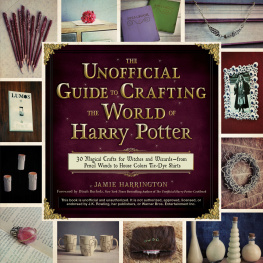
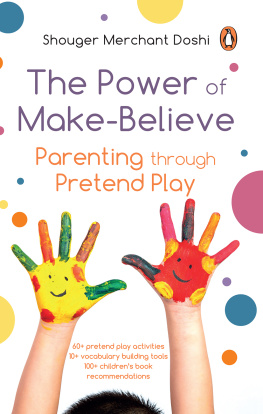
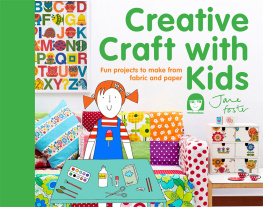
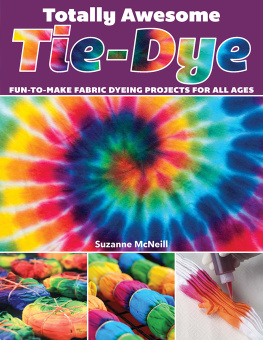

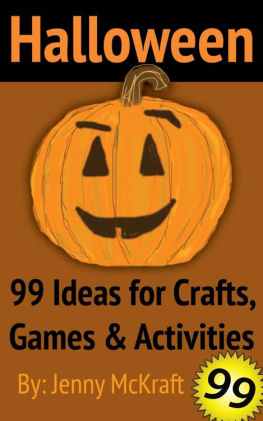

 Other Books by MaryAnn F. KohlAction Art with Barbara Zaborowski Discovering Great Artists with Kim Solga Good Earth Art with Cindy Gainer Great American Artists for Kids with Kim Solga MudworksMudworks, Bilingual Edition Science Arts with Jean Potter Scribble ArtStorybook Art with Jean Potter Dedication In memory of Roy Rogers, King of the Cowboys
Other Books by MaryAnn F. KohlAction Art with Barbara Zaborowski Discovering Great Artists with Kim Solga Good Earth Art with Cindy Gainer Great American Artists for Kids with Kim Solga MudworksMudworks, Bilingual Edition Science Arts with Jean Potter Scribble ArtStorybook Art with Jean Potter Dedication In memory of Roy Rogers, King of the Cowboys  The author as a young cowgirl. Copyright 1999 by MaryAnn F. Kohl All rights reserved Published by Chicago Review Press Incorporated 814 North Franklin Street Chicago, Illinois 60610 ISBN 978-0-914090-48-9 Cover design: Jonathan Hahn Cover photograph: Choreograph/iStock Printed in the United States of America 5 4 3 2 1 Cataloging-in-Publication Data is available from the Library of Congress
The author as a young cowgirl. Copyright 1999 by MaryAnn F. Kohl All rights reserved Published by Chicago Review Press Incorporated 814 North Franklin Street Chicago, Illinois 60610 ISBN 978-0-914090-48-9 Cover design: Jonathan Hahn Cover photograph: Choreograph/iStock Printed in the United States of America 5 4 3 2 1 Cataloging-in-Publication Data is available from the Library of Congress one star for the beginning artist with little experience
one star for the beginning artist with little experience  two stars for artists with some art experience
two stars for artists with some art experience  three stars for the more experienced artist Remember that age and skill do not necessarily go hand-in-hand.
three stars for the more experienced artist Remember that age and skill do not necessarily go hand-in-hand. 


 painting
painting  drawing
drawing  game
game  sculpture
sculpture  just hands
just hands  scissors
scissors  tape, glue, etc.
tape, glue, etc.  weaving
weaving  sewing
sewing  cooking
cooking